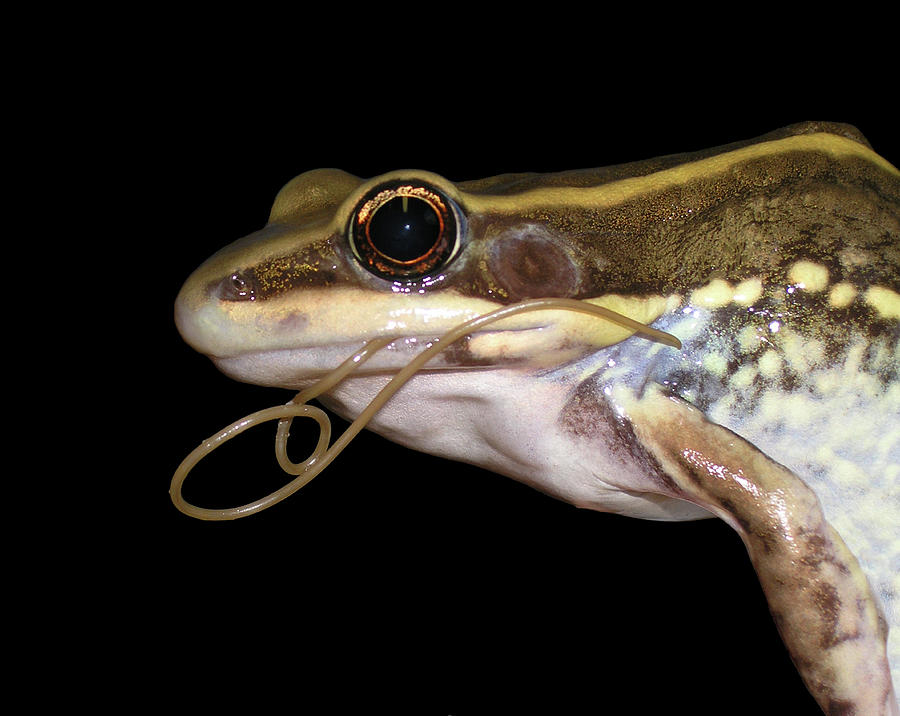
It's not clear what caused this mutation, but the BBC noted that it may have been the result of a parasitic infection: Perhaps most famously, it was included in evolutionary biologist Richard Dawkin's 1996 book " Climbing Mount Improbable." Gardner's photograph has been featured in several different publications. I had to wait for it to open its mouth to look around so I could photograph the eyes. Sure enough, the toad was just as described. Suspecting a crank call, I rolled my correctly situated eyes as I made my way to the house at the outskirts of the city. Not your ordinary toad, mind you, but one with eyes inside its mouth. I was in Burlington, photographing a girls' baseball game, when my two-way radio crackled, dispatching me on matters far more important than baseball. I remember with crystal clarity where I was when I received the toad call. In an article entitled "The Toad And I" published by, Gardner recounted the moment he first encountered this toad:


While the process of adaptation is widely regarded to be driven by an accumulation of tiny genetic changes, biologists have suggested that macromutations could be the cause of certain adaptations. The BBC wrote about Gardner's photograph (right) in 2014, explaining that this odd-looking amphibian was found by two little girls in Ontario, Canada, in the early 1990s:įound surviving in a garden by two little girls in Ontario, Canada, this one-of-a-kind toad was likely affected by a genetic phenomenon that biologists call a macromutation.Ī macromutation is a mutation that has made a significant impact on an organism, caused by a change in a regulatory gene that's responsible for the expression of an array of structural genes.


 0 kommentar(er)
0 kommentar(er)
